By Dr Alexander Watson, North-East Regional Ecologist, Tim White, North-East Regional Operations Manager and Nahrain John, Science Communications Associate
Curramore Wildlife Sanctuary is special – a biodiversity hotspot that supports an astonishing 700 species of native animals and plants over its 170 hectares. Koalas (Phascolarctos cinereus) forage and sleep amongst the tall eucalypts, voracious Subtropical Antechinus (Antechinus subtropicus) hunt for insects on the forest floor, gloriously plumaged male Paradise Riflebirds (Ptiloris paradiseus) woo cryptic females, and one of Australia’s largest butterflies, the endangered Richmond Birdwing (Ornithoptera richmondia), flutters through the rainforest canopy.
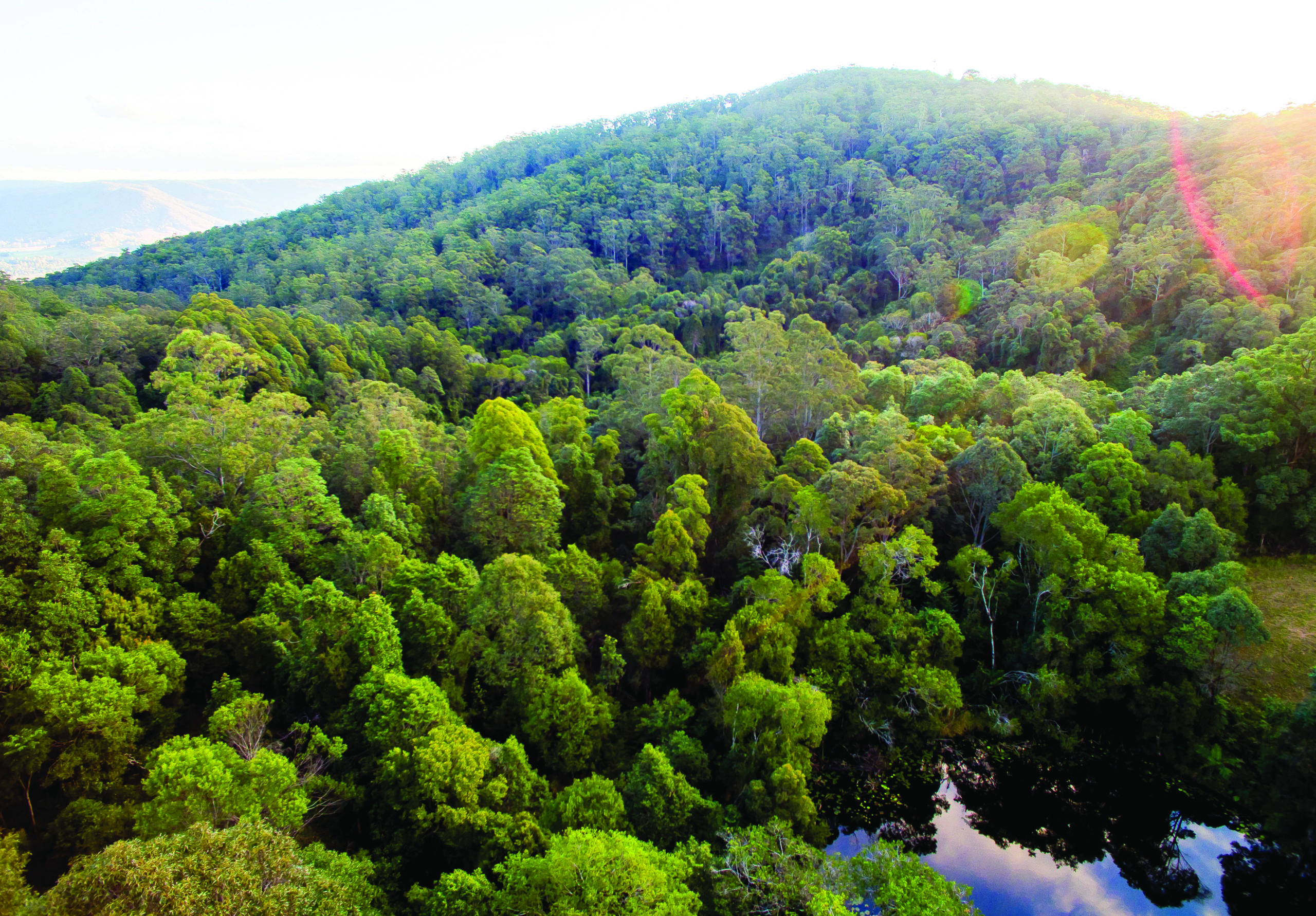 W Lawler/AWC
W Lawler/AWC
AWC is excited to announce that this special sanctuary is set to expand and we are in the final stages of the acquisition of 26.1 hectares of contiguous land. This relatively small extension (at least by AWC standards) is important for our conservation management. Not only does it increase protection for extant threatened wildlife, but it connects Curramore to the road, enhancing AWC’s ability to deliver priority conservation actions. The expansion will also provide further protection for the headwaters of Little Cedar Creek inhabited by the endangered Maleny Spiny Crayfish, (Euastacus urospinosus) and increases connectivity with neighbouring protected areas, helping support regional conservation programs across the entire Maleny Plateau.
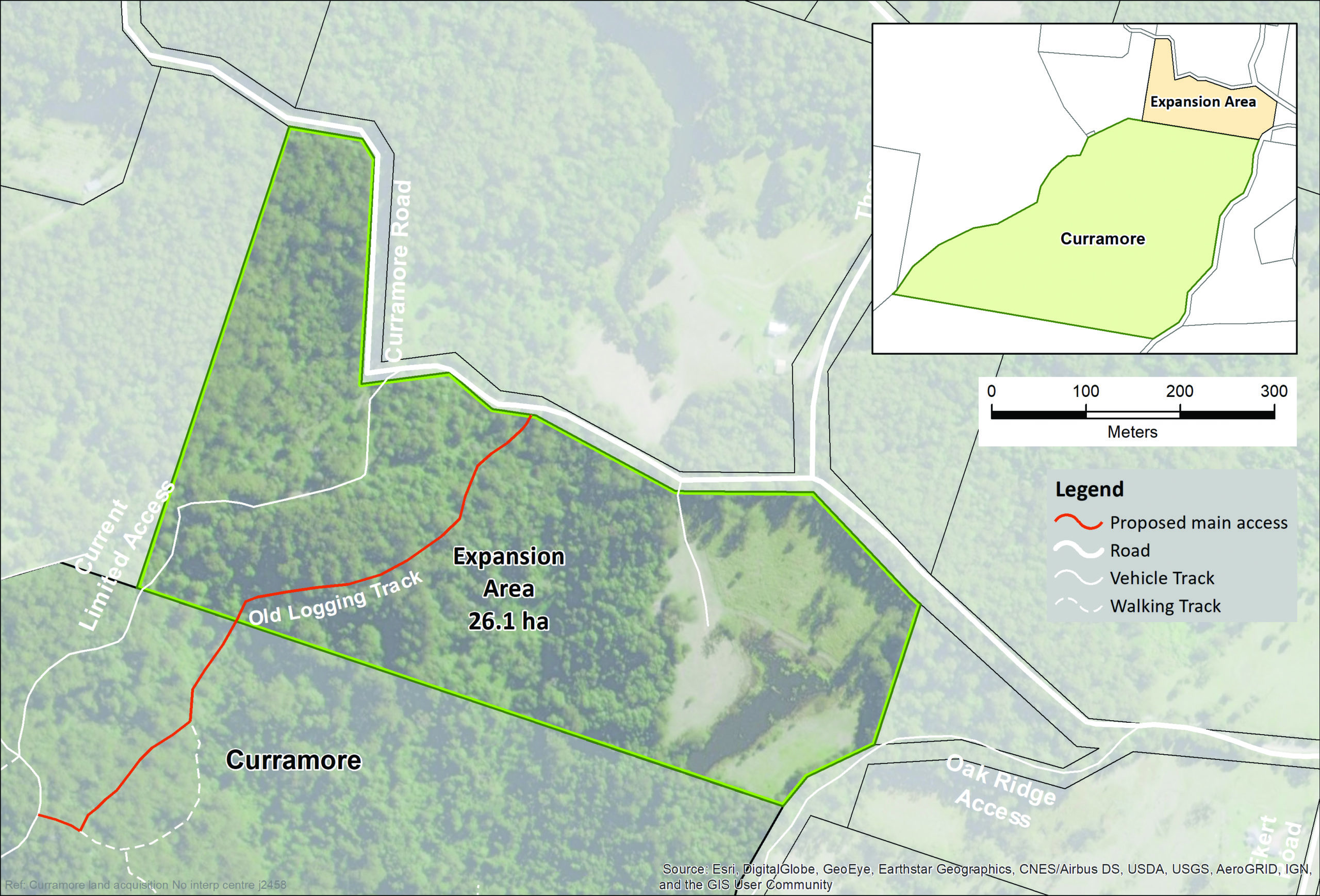
Currently access to some parts of the sanctuary can only be obtained by crossing a neighbour’s property. The new land acquisition will ensure, for the first time, that AWC’s scientists and managers are able to access the entire sanctuary without disrupting a third party. This will substantially increase our ability to implement and deliver priority conservation work. At Curramore, AWC’s strategy focuses on:
Located on the western edge of the Maleny Plateau in south-east Queensland, Curramore protects at least 29 vegetation types – from basaltic soils to tall eucalypt forest to dry rainforest. The greatest threat to these ecosystems is weed infestation, particularly lantana.
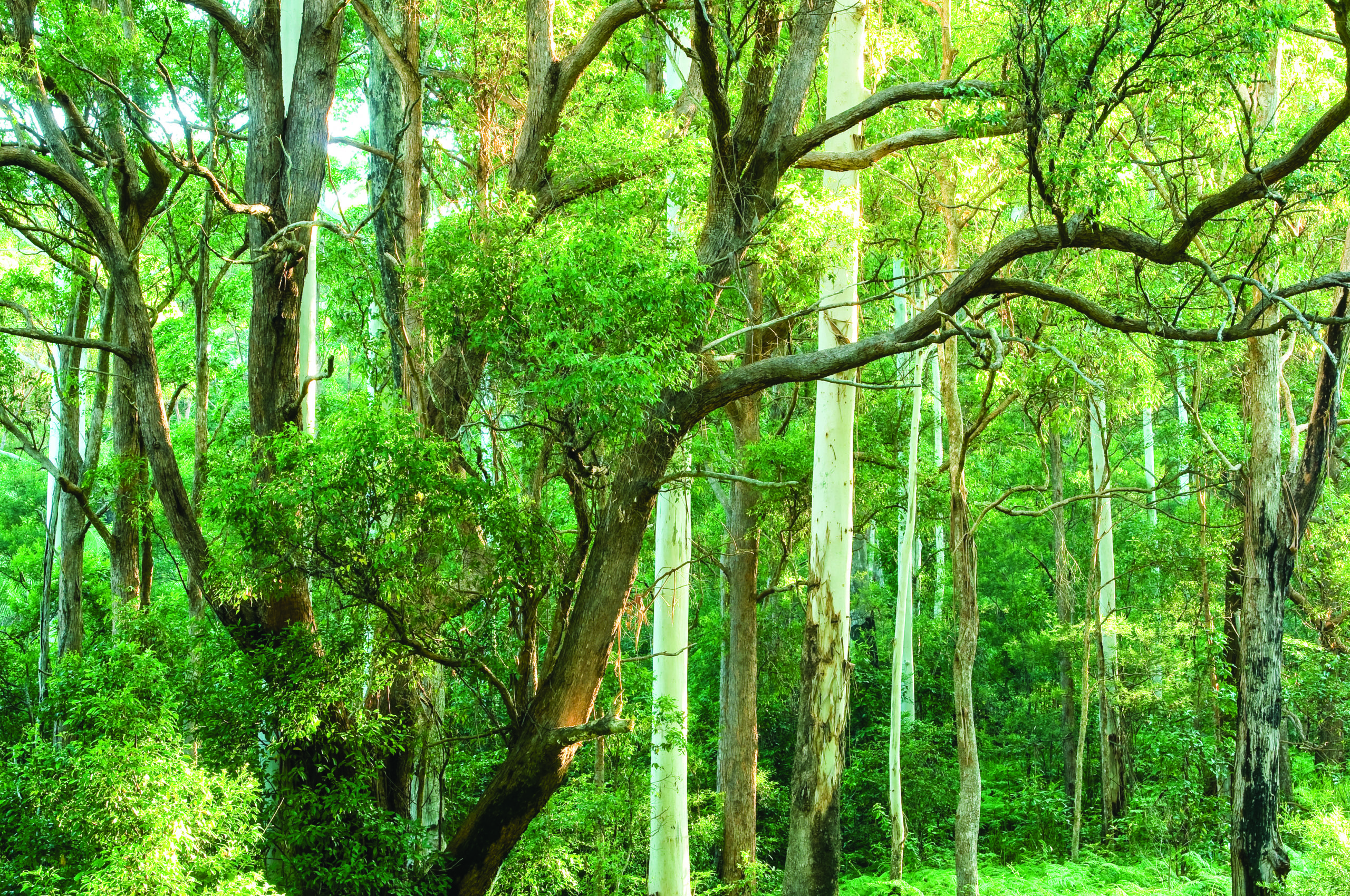 W Lawler/AWC
W Lawler/AWC
When AWC purchased Curramore in 2003, more than half of the property was infested with lantana, along with much of the remnant forest in the region. Dense thickets of lantana choked the understorey, preventing recruitment of native plants to the canopy, thereby destroying habitat. Lantana’s ecological impacts and invasive tendencies have led to its identification as a Weed of National Significance.
A priority action upon acquisition was to develop effective techniques for battling this infestation. AWC Sanctuary Manager, Klaus Runde, together with a little help from volunteers, has successfully removed an impressive 45 percent of lantana over the last decade – a gargantuan effort by any measure. Lantana is removed by hand and with herbicide, and further controlled in eucalypt forest through targeted fire management. AWC’s careful fire management program at Curramore works to suppress weeds, restore the grassy understorey in eucalypt forests and maintain habitat diversity across the property.
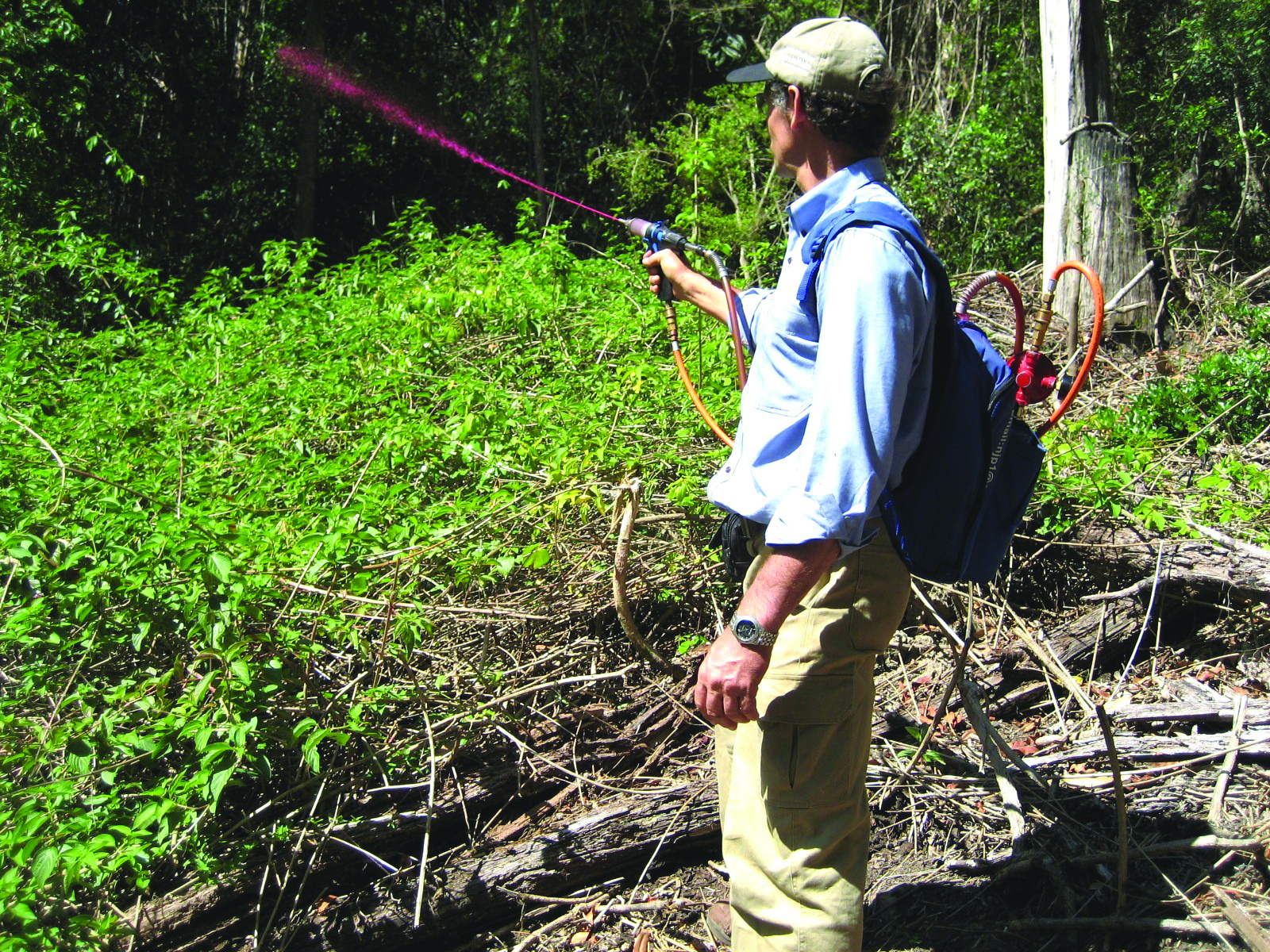 L Capill/AWC
L Capill/AWC
In areas that used to support rainforest, once lantana is cleared, pioneer species such as Acacia, Pencil Cedar, Piccabeen Palms and Native Ginger are able to grow. To date, removal of almost half of the lantana infestation has restored 70 hectares of the native ecosystem across the sanctuary. This project has become a showcase for the effectiveness of systematic weed control and our long-term aim is to eradicate lantana completely from the sanctuary.
Curramore’s expansion will provide further protection for the headwaters of Little Cedar Creek, home to one of the last remaining populations of the Maleny Spiny Crayfish – an ancient species of terrestrial crayfish that lives in burrows along and up to 50 metres away from the creek. This species’ origins can be traced back to Gondwana. Little Cedar Creek flows on to the Mary River, one of south-east Queensland’s major river systems, which supports endangered wildlife such as the Mary River Turtle (Elusor macrurus), one of Australia’s largest freshwater turtles with a distinctive crown of green algal ‘hair,’ as well as the Queensland Lungfish (Neoceratodus forsteri) and the Platypus (Ornithorhynchus anatinus).
The extended property boundary will bring the sanctuary within 500 metres of Maleny National Park. Creating a network of protected areas will ultimately help increase habitat connectivity, making it easier for wildlife to disperse. As such, Curramore’s expansion will enhance conservation across the Maleny Plateau and maximise the conservation ‘return’ on investment.
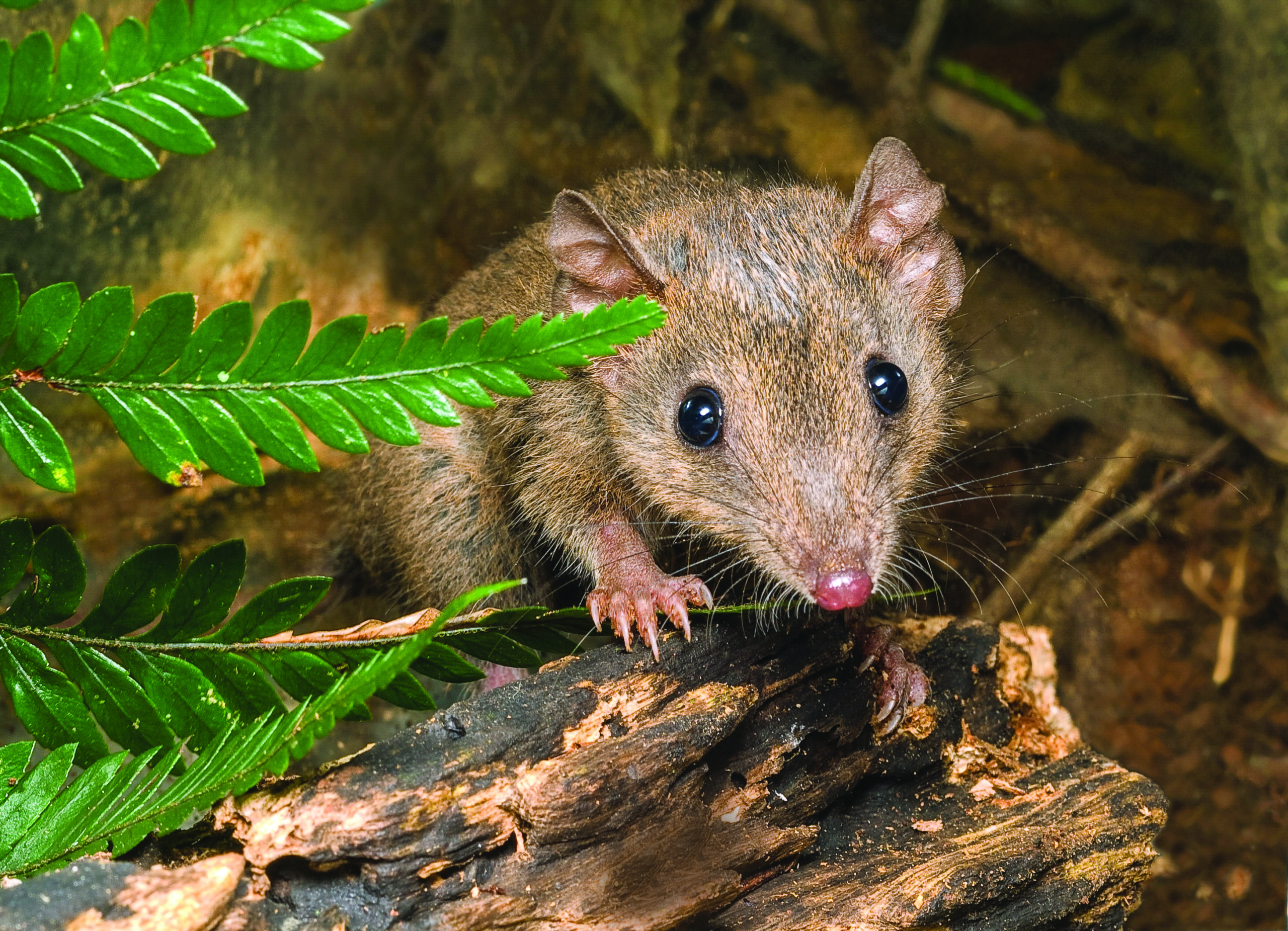 W Lawler/AWC
W Lawler/AWC
The expansion of this special sanctuary was made possible thanks to the generosity of two benefactors and AWC’s supporters, who helped AWC to raise the funds needed in just six weeks. AWC is now in the final stages of extending its conservation footprint in the Blackall Ranges by 15 per cent.
Read and download this full issue of Wildlife Matters here.
Please support AWC’s ambitious conservation land management program
Donate Now